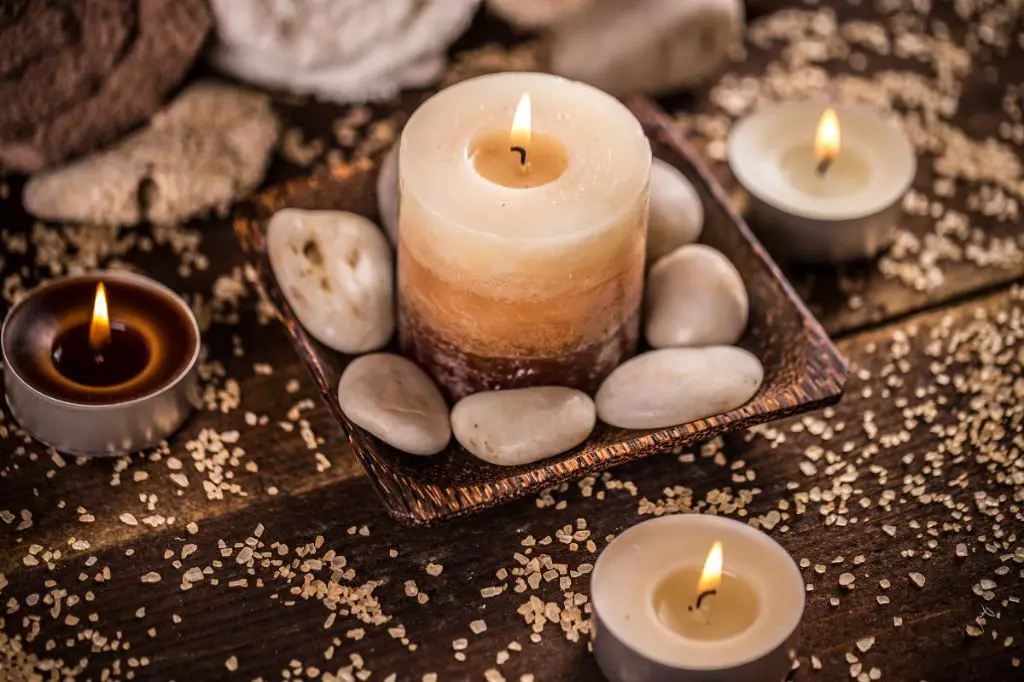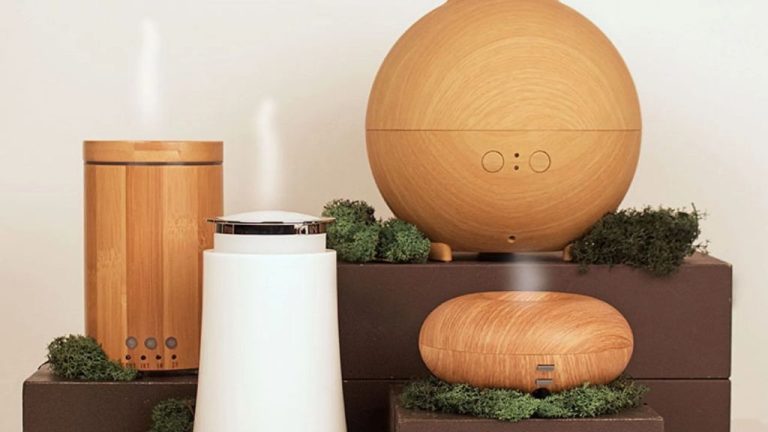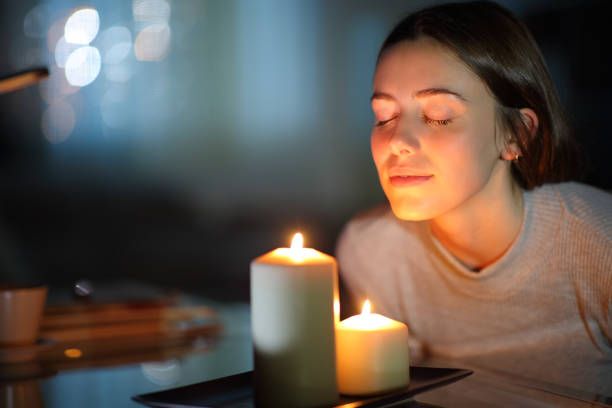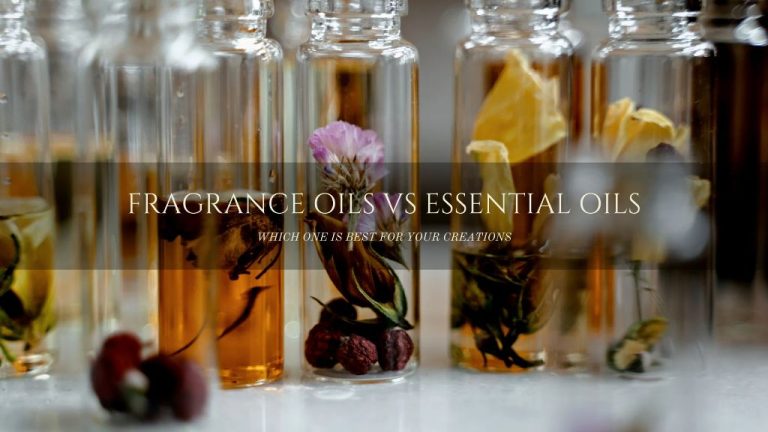Can You Diffuse Candle Oil?
Diffusing is the process of dispersing essential oils into the air so that their aroma fills the space. It allows people to benefit from the oils’ uplifting and relaxing properties. While essential oils are the most common types used in diffusers, some candle oils made from natural botanicals can also be safely diffused. The key benefits of diffusing oils include purifying the air, improving mood, reducing stress, and promoting better sleep. This article provides tips on how to safely diffuse candle oils to enjoy their soothing aromas.
Selecting Candle Oils for Diffusing
Not all candle oils are safe for diffusing. It’s important to avoid synthetic fragrance oils and instead choose pure essential oils. Synthetic fragrance oils contain chemicals that can be toxic when inhaled directly. Pure essential oils, on the other hand, are derived from plants and are generally safer for diffusing.
According to Centre of Excellence, some of the top essential oils for candles and diffusing include citrus oils like lemon, orange, and grapefruit, as well as lavender, tea tree, lemongrass, and ylang ylang. These oils provide nice scents and offer potential therapeutic benefits.
When selecting oils, check for 100% pure, undiluted, and preferably organic essential oils. Always do a skin test before diffusing any new oil. It’s also wise to research an oil’s safety for inhalation before diffusing.
Methods of Diffusing
There are several different methods to diffuse oils, each with their own pros and cons. The three main categories of diffusers are heat diffusers, cold air diffusers, and nebulizers.

Heat Diffusers
Heat diffusers use a candle or lamp to warm the oil, causing it to evaporate into the air. An absorbent material like a ceramic disk or reed is placed over the heat source, and a few drops of oil are applied. As the heat gently warms the oil, it releases its aroma into the surroundings. Heat diffusers are one of the most affordable options, but the heat can damage the therapeutic benefits of some oils.
Cold Air Diffusers
Cold air diffusers don’t use heat at all. They rely on a fan or air pump to blow air across the surface of the oil. The motion helps diffuse the oil molecules into the air. Cold air diffusers help preserve the integrity of the oils, but they typically don’t diffuse as strongly as heat diffusers unless run for longer periods.
Nebulizers
Nebulizers, or ultrasonic diffusers, use electronic vibrations to diffuse the oils. They create a fine mist of microparticles that are dispersed into the air. Nebulizers diffuse oils efficiently while preserving their therapeutic benefits. However, they require electricity and tend to be more expensive than simple heat or cold air diffusers.
Diffusion Times and Amounts
When it comes to diffusing oils, less is often more. Diffusing for too long or using too many drops of oil can lead to sensitization or overpowering scents. Follow these general guidelines for diffusion times and oil amounts based on room size:
For small rooms (100 square feet or less), diffuse for 15-30 minutes at a time, using 2-4 drops of oil. For medium rooms (100-300 square feet), diffuse for 30-60 minutes at a time with 4-8 drops. For large rooms (over 300 square feet), diffuse for 60-90 minutes using 6-10 drops of oil. Any diffusing session over 1-2 hours is generally considered excessive.
It’s also recommended to take breaks of at least 30 minutes between diffusion sessions to allow the scent to dissipate. Only diffuse for 2-3 sessions per day maximum. Essential oil diffusers often have auto shut-off functions to prevent over-diffusing. Follow any instructions provided with your specific model. And as always, monitor your reaction and adjust amounts or times down if needed.
For kids’ rooms or around pets, limit diffusion times to 10-15 minutes per session using only 1-2 drops of mild, gentle oils like lavender. Discontinue use if any negative reaction is observed.
Proper oil amounts and diffusion times allow you to enjoy the benefits of aromatherapy without risk of overexposure. Follow general guidelines based on room size, monitor your personal reaction, and adjust as needed for safe diffusing.
Blending Oils for Diffusing
When blending essential oils for diffusing, it’s important to follow some guidelines to create pleasant and safe combinations. Some common essential oil blend recipes for diffusers include:
Stress Relief: A calming blend using 2 drops lavender oil, 2 drops bergamot oil, and 1 drop ylang ylang oil (source: https://www.youngliving.com/blog/essential-oil-diffuser-recipe-blends/)
Immunity Boost: An invigorating blend with 2 drops each of lemon, peppermint, and lavender oils (source: https://volantaroma.com/blogs/recipes/top-20-essential-oil-recipes)
When blending, use no more than 5-6 oils total. Combine complementary scents like floral, citrus, minty, earthy, and woody oils. Avoid overpowering oils like clove, cinnamon, and oregano in blends. Always dilute strong oils with more mild oils at a 1:3 ratio. Test all blends before diffusing and adjust amounts as needed. Follow usage guidelines and don’t exceed recommended diffusion times.
Safety Tips
When diffusing essential oils, it’s important to keep some safety tips in mind to ensure a positive experience. Here are some key things to remember:
Make sure there is adequate ventilation when diffusing. Some experts recommend diffusing for no more than 30 minutes to an hour at a time before taking a break and airing out the room. Diffusing in small, enclosed spaces can lead to buildup of oils in the air (Healthline).
Don’t leave your diffuser unattended for long periods. It’s best to be nearby to monitor the diffuser and turn it off when appropriate. Leaving diffusers running too long in poorly ventilated rooms can cause nausea or headaches for some (Aura Cacia).
Keep diffusers and oils out of reach of children and pets. Ingesting oils can be toxic for kids and animals, so proper storage and supervision during use is a must (WebMD).
Storing Oils
Proper storage is crucial for preserving the quality and therapeutic benefits of essential oils. Oils should always be kept in dark glass bottles to protect them from light exposure. UV rays from sunlight can degrade the chemical compounds in essential oils, diminishing their potency over time. Dark glass blocks UV light from penetrating the bottle.
Heat and high temperatures also accelerate the deterioration of oils. Store oils away from heat sources and direct sunlight. A cool, dry place like a pantry or closet is ideal. Refrigeration can help extend the shelf life of oils that oxidize quickly like citrus oils. Just avoid freezing them as this can cause cloudiness.
Keeping oils sealed tight in upright bottles minimizes oxygen exposure and evaporation. Oils stored properly in dark glass bottles away from heat, light, and air can retain their therapeutic qualities for 1-2 years or longer.
Common Diffusing Oils
Some of the most popular essential oils for diffusing include:
Lavender – With its pleasant floral scent, lavender is one of the most versatile oils for diffusing. It promotes relaxation and sleep when diffused at bedtime (https://helloglow.co/essential-oils-for-diffuser/). Lavender is also known for its calming and stress-relieving properties.
Lemon – Lemon oil has an uplifting citrus aroma that can boost mood and energy. Diffusing lemon oil can help purify the air and provide an invigorating scent (https://www.shoprythm.com/blogs/essential-oils/essential-oils-for-diffusers). Lemon oil also has cleansing properties.
Peppermint – With its sharp, minty aroma, peppermint oil is energizing and stimulating when diffused. It can help improve mental focus and clarity. Peppermint is also popular for its ability to open up congested airways when inhaled as a vapor (https://helloglow.co/essential-oils-for-diffuser/).
Eucalyptus – Eucalyptus oil is best known for its ability to help clear nasal and airway congestion. It has a strong, medicinal scent that can help open up sinus passages and breathing when diffused. Eucalyptus also has a cooling, refreshing aroma.
Tea tree – Tea tree oil has a potent, earthy-medicinal scent. It is a cleansing, purifying oil that can eliminate airborne bacteria and viruses when diffused (https://www.shoprythm.com/blogs/essential-oils/essential-oils-for-diffusers). Tea tree also has immune-boosting properties.
Chamomile – With its mild, floral apple-like scent, chamomile is soothing and relaxing. Diffusing chamomile at bedtime can help promote tranquility and sleep. It has calming properties and can help relieve stress.
Benefits of Diffusing
Diffusing essential oils can provide many benefits. According to a Health.com article, inhaling lavender essential oil can help induce relaxation and decrease heart rate and blood pressure (source). Diffusing oils like peppermint and rosemary may also give an energizing boost to help you feel more awake and focused.
Certain essential oils can also help enhance your mood. A Homesick article notes that diffusing mood-boosting scents like lemon, grapefruit, bergamot, and jasmine can promote optimism and confidence (source).
In addition, some essential oils have antimicrobial properties when diffused. Oils like tea tree, eucalyptus, thyme, and oregano may help purify the air and neutralize odors when diffused properly.
Overall, diffusing can be an excellent way to experience the stress-relieving, energizing, mood-enhancing, and antimicrobial benefits of essential oils.
Conclusion
In summary, most candle oils are safe for diffusing as long as proper precautions are taken. It’s important to carefully dilute the oils, avoid diffusing for too long, ventilate the room, and research any potential sensitivities. When diffused correctly, candle oils can provide many of the same aromatic benefits as essential oils. Some of the key points to remember include:
- Dilute candle oils to 1-2% max to avoid irritation or sensitization
- Diffuse for shorter periods, such as 15-30 minutes at a time
- Open windows or ventilate the room while diffusing
- Do not ingest or apply undiluted candle oils to skin
- Research any sensitivities and avoid diffusing oils like cinnamon
- Store oils properly in a cool, dark place when not in use
With proper care and caution, the aromatic benefits of candle oils can be safely enjoyed through diffusion. Just be sure to educate yourself on safe usage and only diffuse small amounts at a time. Diffusing can be an enjoyable way to fill a space with your favorite candle scents.




